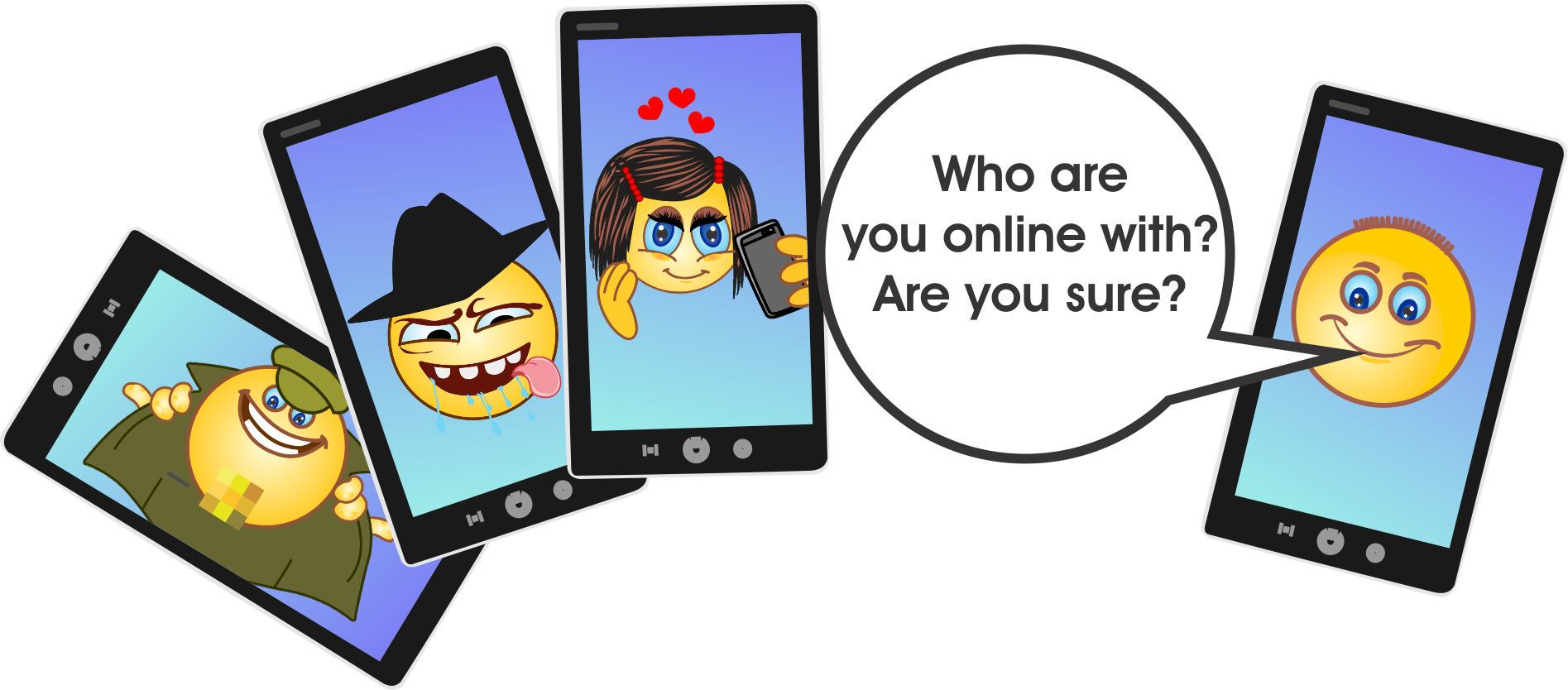One message too many

Sam was a 13-year-old boy who spent a lot of time on social media. He had an account on a popular app where he chatted with friends, shared funny videos, and posted photos of his cats. It was a fun way to stay in touch and meet new people.One day, Sam received a private message from someone he didn’t know. The person called herself “Lisa” and said she was a friend of one of Sam’s classmates. Lisa sent friendly messages and asked if Sam wanted to see her pictures. She said they had the same interests, and Sam felt special that someone was being so nice to him. After a few days, Lisa started sending more personal messages. She asked about his school, his friends, and his favorite hangout spots. Sam thought it was a little odd, but didn’t want to be rude, so he kept replying.One evening, Lisa sent a message that made Sam very uncomfortable. She asked him to send a photo of himself so she could see what he looked like. Sam didn’t feel good about it, but thought, “Maybe this is just what people do on social media.”
So he sent a picture of himself with his cats. The next day, she sent another message. This time, she asked for a photo without his shirt on. Sam felt deeply uncomfortable and uncertain. Then he remembered something his mother always told him:
“Always be careful what you share online. If someone asks for something that feels wrong, it’s okay to say ‘no’ and walk away.” Sam stopped replying to Lisa and decided to block her. Then, he immediately told his parents. His mother was proud of him for listening to his gut and not sharing something he didn’t want to.Sam learned that it’s important to think carefully about what you share and who you talk to on social media.

Food for thought
Not everyone online is who they say they are. If a message makes you feel unsure, stop and think. Your boundaries matter online and offline. Being kind doesn’t mean ignoring your gut.